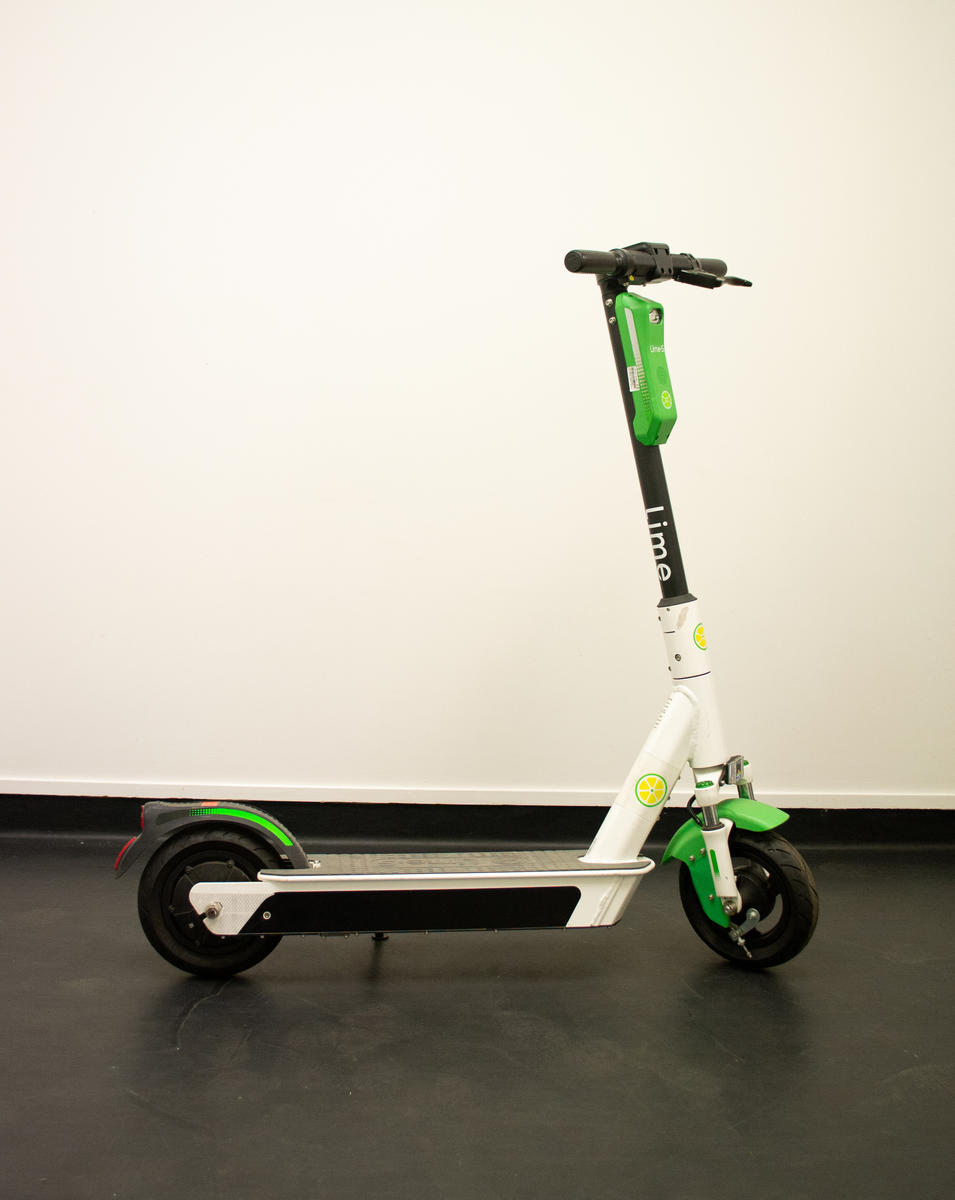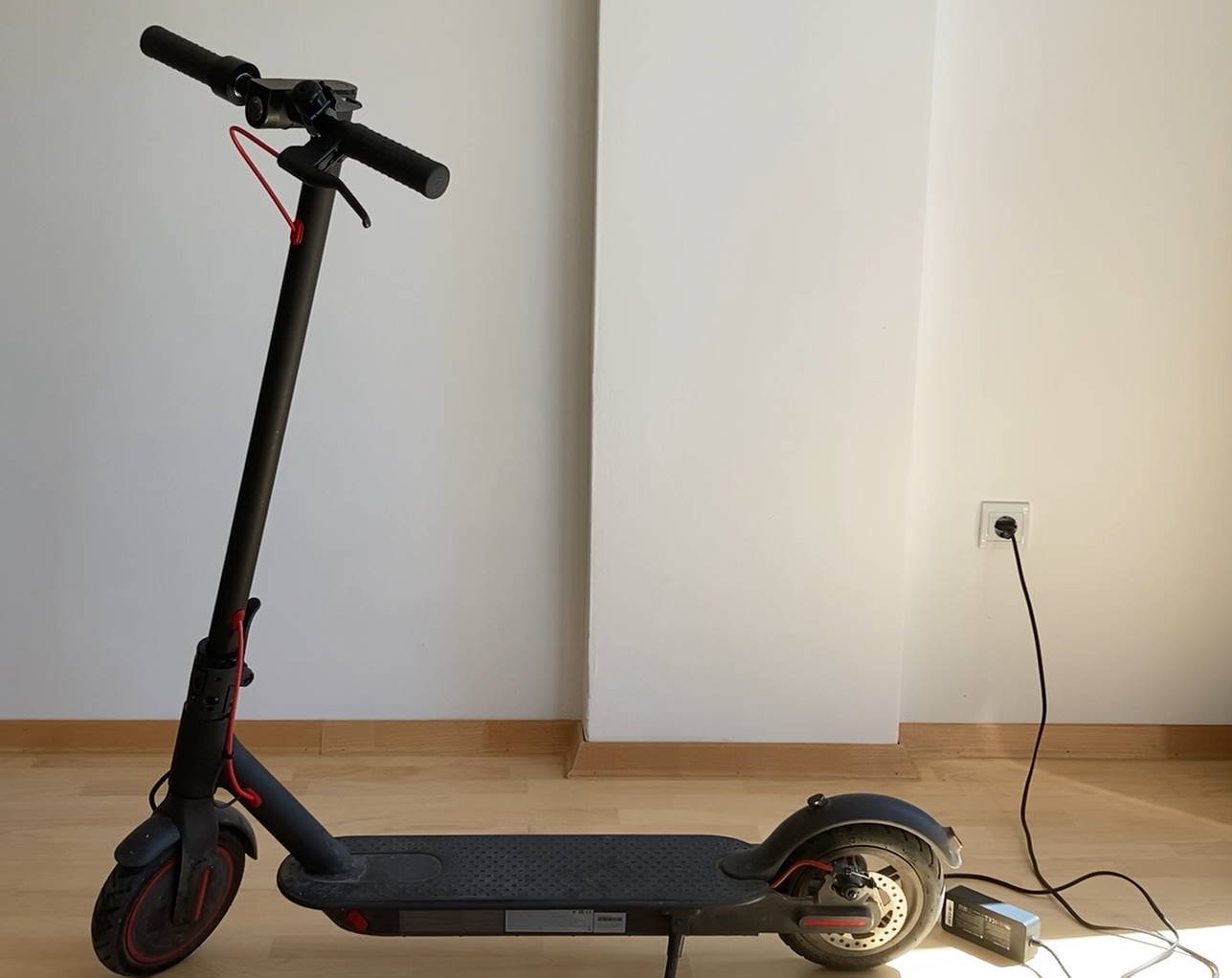I. Introduction
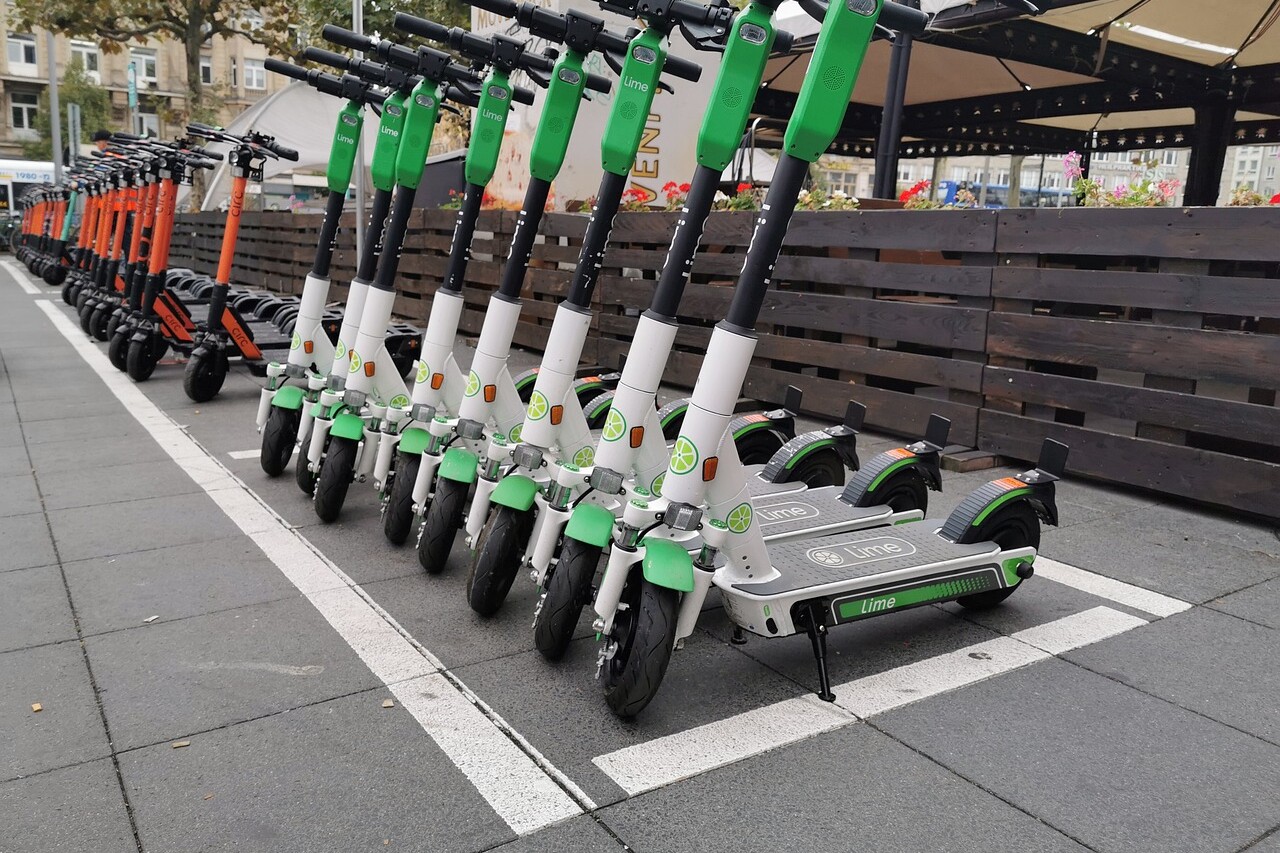
A. Importance of diagnosing electric scooter issues
Diagnosing electric scooter issues is crucial for maintaining the functionality and safety of the scooter. Identifying problems allows riders to take appropriate actions to resolve issues and ensure that the scooter operates optimally. Neglecting to diagnose problems can lead to continued malfunctioning of the scooter, potential safety hazards, and costly repairs.
B. Common problem: Scooter turns on but does not move
A common issue faced by electric scooter riders is the scooter turning on but failing to move. Understanding the possible causes of this problem is essential for troubleshooting and fixing the underlying issue.
II. Possible Causes of the Issue
- Battery not charged or depleted
One of the main reasons for an electric scooter turning on but not moving is a low or depleted battery. If the battery charge is too low, it may not have enough power to propel the scooter. This can occur if the scooter has been used extensively without recharging or if the battery is old and no longer holds a charge effectively.
- Faulty battery connection
Another potential issue is a faulty connection between the battery and the scooter’s electrical system. Loose or disconnected cables can prevent the battery from transferring power to the motor, resulting in the scooter being unable to move.
- Motor malfunction
The electric motor is responsible for generating the necessary power to propel the scooter. If the motor is malfunctioning or damaged, it may not be able to provide the required output for the scooter to move. Motor issues can be caused by various factors, such as wear and tear, overheating, or electrical faults.
- Faulty motor controller
The motor controller regulates the flow of power from the battery to the motor. If the motor controller is faulty or not functioning correctly, it can prevent the motor from receiving the necessary power to operate, leading to the scooter’s inability to move.
C. Wiring or Connection Issues
- Loose or damaged wiring
Wiring issues, such as loose, damaged, or disconnected wires, can disrupt the electrical flow between the battery, motor, and other components of the scooter. This can result in the scooter turning on but not moving. Wiring problems may occur due to wear and tear, vibrations, impacts, or improper maintenance.
- Connector or plug problems
Faulty connectors or plugs can impede the proper transfer of electrical signals within the scooter’s circuitry. Loose, damaged, or corroded connectors can disrupt the flow of power, preventing the scooter from moving despite being turned on.
III. Troubleshooting Steps
- Checking battery charge and connections
To troubleshoot battery-related issues that could be causing your electric scooter to turn on but not move, begin by checking the battery charge level. Ensure that the battery is fully charged or has enough power to operate the scooter.
Next, examine the battery connections. Make sure that they are secure, with no loose or disconnected cables. If any connections appear corroded or damaged, clean or replace them as necessary.
- Testing battery voltage
Using a multimeter or voltage tester, measure the voltage of the scooter battery. Compare the reading to the manufacturer’s recommended voltage range. If the battery voltage is below the recommended level, consider recharging or replacing the battery.
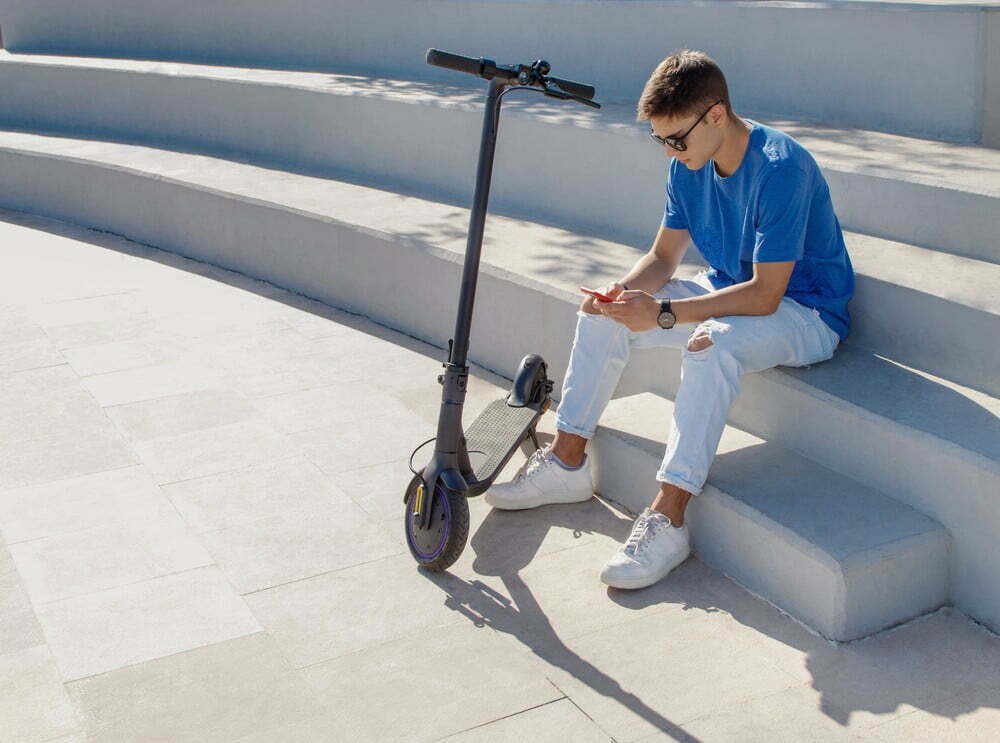
- Inspecting motor for damage or debris
Carefully inspect the electric motor for any signs of damage, such as broken wires, loose connections, or physical obstructions like debris or foreign objects. Clean out any debris and ensure that the motor is clear of any obstructions that may impede its proper functioning.
- Testing motor functionality
To test the motor functionality, disconnect the motor from the electrical system and apply direct power to it. If the motor does not respond or does not spin smoothly, it may be malfunctioning and may need to be repaired or replaced.
C. Wiring or Connection troubleshooting
- Checking for loose, damaged, or disconnected wires
Inspect all wires and connections in the scooter’s electrical system for any signs of damage, such as frayed wires, loose connections, or disconnected cables. Repair or replace any damaged wires and ensure that all connections are secure.
- Inspecting connectors and plugs for damage
Examine all connectors and plugs for any visible damage, such as bent pins or corrosion. Clean or replace damaged connectors and ensure that all plugs are properly connected.
IV. Potential Solutions
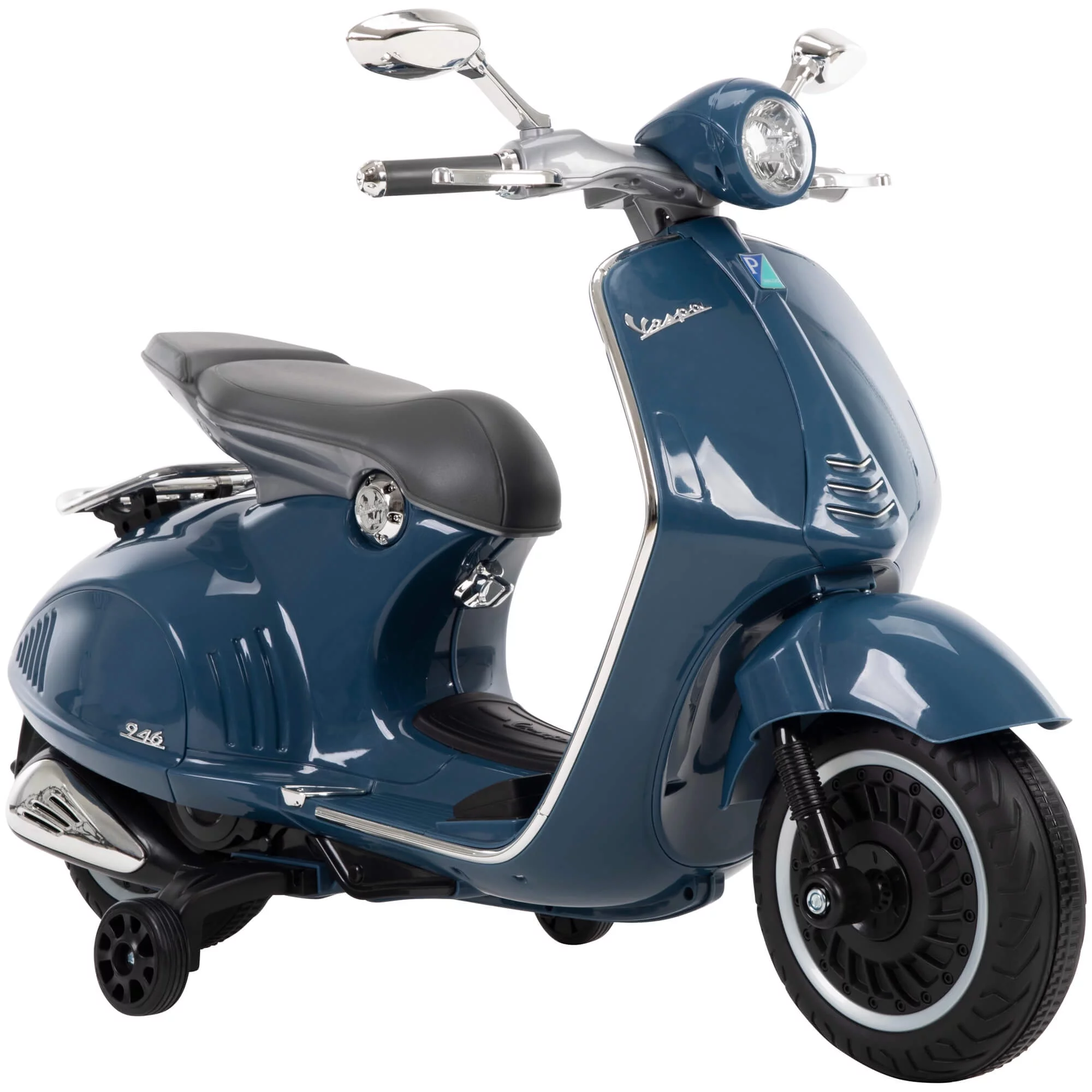
- Recharging or replacing battery
If the battery charge is low, recharge it according to the manufacturer’s instructions. If the battery does not hold a charge or fails to provide sufficient power, consider replacing it with a new and compatible battery.
- Ensuring proper battery connection
Ensure that the battery connections are tight, clean, and free from corrosion. Tighten loose connections and clean any corroded terminals. This will help ensure a strong and reliable electrical connection.
- Repairing or replacing the motor
If the motor is damaged or malfunctioning, it may need to be repaired or replaced. Consult with a professional technician or contact the manufacturer for guidance on motor repair or replacement options.
- Fixing or replacing the motor controller
The motor controller is responsible for transmitting power to the motor. If it is defective or not functioning properly, it may need to be repaired or replaced. Seek assistance from a professional technician or contact the manufacturer for recommendations.
C. Wiring or Connection solutions
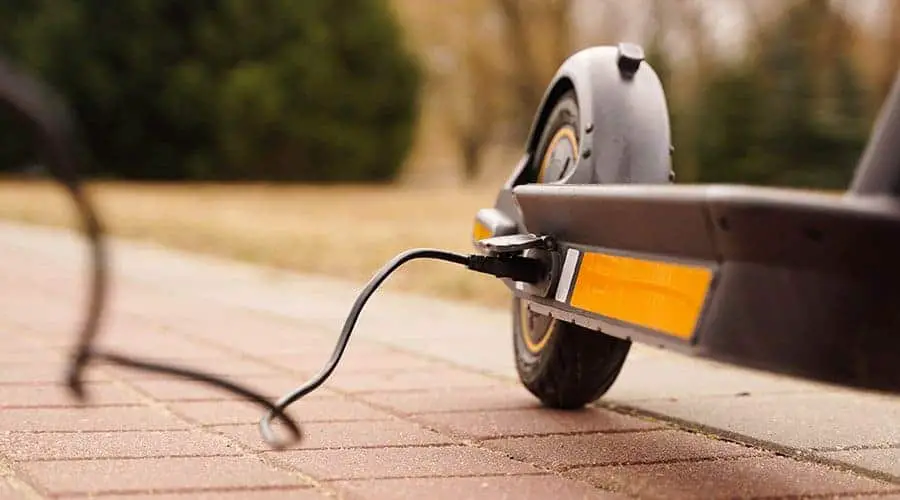
- Repairing or reconnecting loose or damaged wires
Repair any loose or damaged wires in the scooter’s electrical system. This may involve soldering or splicing wires and ensuring proper insulation. Be sure to follow electrical safety guidelines and consider seeking professional help if needed.
- Replacing faulty connectors or plugs
If any connectors or plugs are faulty or damaged, replace them with new and compatible ones. Properly connecting the wires with reliable connectors will ensure a secure and efficient electrical connection.
V. Conclusion
In conclusion, troubleshooting an electric scooter that turns on but does not move requires a systematic approach. Start by checking the battery charge and connections, testing the battery voltage, inspecting the motor, and examining the wiring and connections. Based on the findings, potential solutions include recharging or replacing the battery, ensuring proper battery connections, repairing or replacing the motor, fixing or replacing the motor controller, repairing loose or damaged wires, or replacing faulty connectors or plugs. Remember to prioritize safety and consider seeking professional assistance if needed. With the proper troubleshooting and solutions, your electric scooter will be back to functioning properly, allowing you to enjoy its benefits once again.
